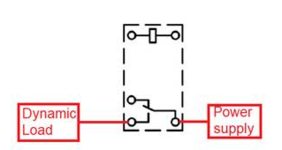DNA2683
Advanced Member level 4
Hi all,
I'm using a NO/NC relay to switch 30V/10A. when i tested the relay i noticed a strange issue. when I close the relay and switched 10 A all work ok but when i open the relay when 10A is passes through the relay , the relay burns and stop working. what can be the reason to this ? (the really spec is 30V/10A)
I'm using a NO/NC relay to switch 30V/10A. when i tested the relay i noticed a strange issue. when I close the relay and switched 10 A all work ok but when i open the relay when 10A is passes through the relay , the relay burns and stop working. what can be the reason to this ? (the really spec is 30V/10A)
